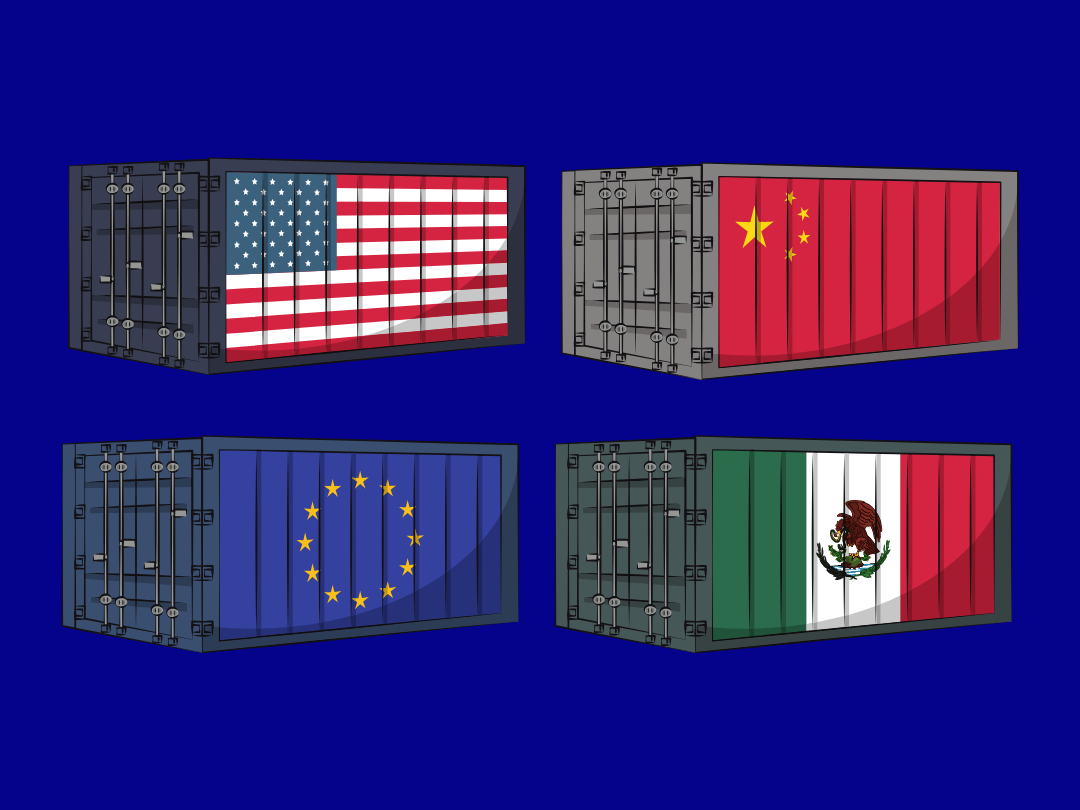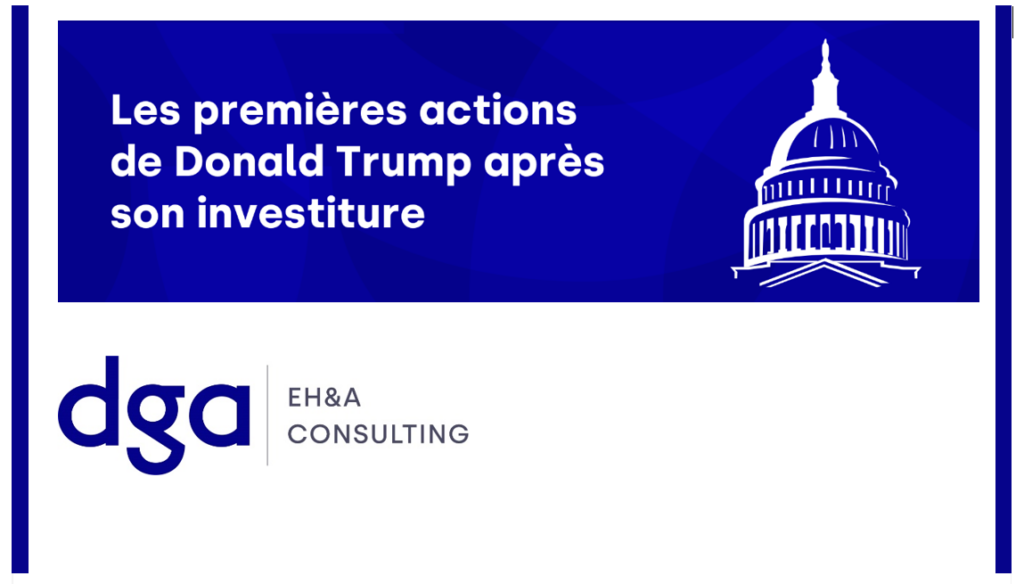Overview
President Trump arrived in Saudi Arabia this may to an elaborate welcome, including a personal tarmac greeting from Crown Prince Mohammed bin Salman (MBS) — a clear display of the Kingdom’s highest respect. His visit was positively received by Saudi leadership and an excited local public, who viewed it as a vote of confidence for Saudi Arabia’s transformation, its economic and political model, and its growing role on the global stage. For President Trump, it was another opportunity to stray away from American political tradition (first, by the very choice of Saudi Arabia as a destination over more traditional allies in Europe and North America), and double down on his interests-first, transactional approach to foreign policy.
The visit was centered on bringing home business deals, standing in sharp contrast to former President Joe Biden’s 2022 visit, a tense affair following Biden’s characterization of the Kingdom as a “pariah.” Headline announcements during the trip focused on economic agreements from leading U.S. companies in energy, defense, and technology, totaling $283 billion, a number which falls short of the widely touted $600 billion. Most importantly, the deals signal clear encouragement from the White House to the U.S. business community to actively expand commercial cooperation with KSA.
This article summarizes additional key takeaways and strategic implications from President Trump’s visit to KSA, including:
- The Trump administration has unreservedly embraced Saudi Arabia as a key ally and is prioritizing a business-first approach to its relationship with the country.
- Technology – and particularly AI – figured prominently in the visit and will continue to lead as the latest frontier for bilateral U.S.-Saudi cooperation. As of now, investments point to Saudi Arabia binding its AI future away from China and to the U.S.
- Diplomacy was not a significant public feature of the Trump visit, but it still emphasized the increasingly central regional and global role that Saudi Arabia is playing in politics.

Key Takeaways
The Trump administration has unreservedly embraced Saudi Arabia as a key ally and is prioritizing a business-first approach to its relationship with the country.
While Saudi Arabia has long been a U.S. partner, previous administrations have had reservations — rooted in security concerns — about supporting the country’s ambitions in certain strategic areas such as AI and nuclear energy. In contrast, the Trump administration’s high-profile cooperation with the Kingdom across these areas — including involvement from high-profile U.S. companies — serves as a green light to the broader American private sector that the country is
open for business, with little to no strings attached.
While American executives have previously boycotted Saudi conferences such as the Future Investment Initiative, the large contingent of CEOs accompanying the President during his visit — including Jensen Huang (NVIDIA), Ruth Porat (Alphabet and Google), and Larry Fink (BlackRock) — indicates that concerns about reputational backlash for doing business in KSA are a thing of the past. In fact, the message appeared to be that if companies are not already operating in the Kingdom or considering doing so, they risk being left behind in the fast-growing market. Identifying and capturing opportunities in Saudi Arabia, and navigating its complex stakeholder landscape, will require local expertise, sustained attention, and regular follow-up on the ground.
Technology –— and particularly AI — figured prominently in the visit and will continue to lead as the latest frontier for bilateral U.S.-Saudi cooperation. As of now, investments point to Saudi Arabia binding its AI future away from China and to the U.S.
AI has quickly become the dominant nexus for the U.S.’ geopolitical and economic competition with China, and the most prominent battleground is the Gulf states — namely, Saudi Arabia and the UAE. Both countries have invested heavily in AI infrastructure and leading firms to position themselves as global leaders in the field. To this end, President Trump’s visit to Saudi Arabia coincided with two key developments: 1) the Trump administration’s reversal of Biden’s AI diffusion rule, which placed limits on the distribution of American AI technology to prevent it from being accessed by adversaries, notably China; and 2) the launch of HUMAIN, a PIF-owned company that will operate and invest across the AI value chain.
During President Trump’s visit, several large AI deals were announced at the Saudi-U.S. Investment Forum by leading American firms, including Nvidia, AMD, and AWS. Until these deals, the greatest constraint on the ability of KSA to execute its AI ambitions was access to large volumes of advanced chips to train sophisticated models. While other constraints remain — including the widespread availability of local talent and pushback from hawks in the Trump Administration who remain concerned about lack of guardrails to protect the technology from China — the deals pave the way for the Kingdom to build its AI ecosystem faster and at greater scale than ever before. The close involvement of leading U.S. technology executives during this visit is indicative of the central role that American firms are positioned to play in the growth of regional AI capabilities. The numerous American deals with HUMAIN may also hint at Saudi
Arabia’s strategic realignment away from China and more firmly toward the U.S. camp. This contrasts with a previously announced PIF-backed technology company, Alat, which has several investments and partnerships with China (though the Alat CEO said last year that if the U.S. asked them to cut ties with China, they would. These comments were not supported by any official KSA policy or statements, however).
While the widely publicized technology deals make for impressive headlines, fewer details are available about their actual implementation. Furthermore, the fiscal picture in Saudi Arabia – including low oil prices, budget cuts, and increased borrowing – adds further doubt to how realistic these commitments are. Even companies involved in deals announced this month will need to engage in sustained follow-up with partners in the Kingdom and continue investing in personal relationships to maintain momentum and ensure progress on their planned collaborations. Tech firms seeking to leverage opportunities in the Kingdom’s AI ecosystem should follow the implementation of these deals closely to learn from the experiences of more seasoned companies in this space. They should especially consider what they have to offer to capture the attention of local stakeholders, particularly as competition grows rapidly in the sector. Early movers are likely to have an advantage.
It is also important to note that U.S. policy may shift in the future in certain scenarios, including President Trump reversing course, the Democrats winning the midterm elections, or if it comes to light that China is accessing American AI chips in Saudi Arabia. Despite these shifts, it may be difficult to reverse some of the quickly moving AI developments from last week. Once large quantities of U.S. chips have been sent to the Kingdom, it would be counterproductive for the U.S. to try and reverse AI cooperation, as this may push the country toward Chinese cooperation.
Diplomacy was not a significant public feature of the Trump visit, but it still emphasized the increasingly central regional and global role that Saudi Arabia is playing in politics.
Officials on both the Saudi and American side preferred to let business and economic ties serve as the centerpiece of this visit. However, behind the scenes, the visit was trumpeted as a sign of Saudi Arabia’s increasingly prominent role in regional diplomacy, at times at the expense of more traditional U.S. allies such as Israel. President Trump’s effusive remarks toward the country further underlined this as he complimented Crown Prince Mohammed bin Salman, and called Riyadh, the “major business, cultural, and high-tech capital of the entire world.” In an online clip that went viral among Saudi and Arab audiences, the president portrayed Saudi Arabia as a model, describing the country’s development as “a modern miracle the Arabian way” while criticizing the “failures” of Western intervention and specifically, the policies of his predecessor, former President Biden.
During the visit, at a summit between GCC and U.S. leadership, the Crown Prince facilitated a landmark rapprochement between the U.S. and Syria, bringing President Trump and President Ahmed al-Sharaa together – the first time that leaders from both sides had met in 25 years, and concluding with a pledge to begin a lifting of U.S. sanctions. This announcement – which did not require security assurances from President al-Sharaa or a promise to recognize Israel – was another signal that President Trump is flouting American tradition and acting with his own interests in mind even if that means sidelining historic allies such as Israel.
As Saudi Arabia works with the Trump administration to negotiate deals with Iran and support regional states — including Syria and Lebanon — in their economic transitions, this may open up opportunities for foreign businesses who’d like to enter these markets. However, given President Trump’s track record of reversing sanctions policy decisions and the uncertainty around the opening of these markets, firms should remain cautious and wait before engaging in new business deals with these countries

